

Imagine wandering through ancient temples, strolling down bustling city streets, and savoring delectable cuisine, all while discovering the countless wonders of Japan at your own pace. Solo travel in the land of the rising sun offers the opportunity to embark on a thrilling and deeply personal adventure as you immerse yourself in the country's rich culture, fascinating history, and breathtaking natural beauty.
To help you navigate this captivating destination with confidence and ease, we've compiled an essential guide filled with tips and tricks tailored to the solo traveler. Get ready to unlock the secrets of Japan and create memories that will last a lifetime!
A well-planned itinerary is crucial for making the most of your solo journey in Japan. Today, we will delve into the importance of balancing urban and rural destinations, highlight some of Japan's lesser-known treasures, and share valuable resources to ensure a smooth and enjoyable journey.
A balanced itinerary that includes both bustling cities and serene countryside settings allows you to fully immerse yourself in the diverse cultural, historical, and natural offerings of Japan. Keep the following tips in mind while planning your trip:

Combine Major Cities with Smaller Towns: Integrate visits to must-see cities like Tokyo, Kyoto, and Osaka with stops in charming smaller towns such as Takayama, Nikko, or Naoshima.
Schedule Time for Relaxation: Reserve some downtime for visiting tranquil temples, unwinding in hot springs, or simply strolling through picturesque gardens.
Embrace the Seasons: Organize your trip around seasonal highlights, such as cherry blossoms in spring, vibrant autumn foliage, or enchanting snow festivals in winter.

Recommended for Takayama visitors.
To create a truly unforgettable solo journey, venture off the well-trodden path and uncover Japan's hidden gems:
Koyasan: Discover this sacred mountain retreat renowned for its exquisite temples and the unique opportunity to stay in a traditional Buddhist monastery.
Naoshima: A haven for art enthusiasts, this island boasts numerous museums, art installations, and sculptures amid a stunning coastal backdrop.
Tottori Sand Dunes: Marvel at the unique landscape of expansive sand dunes and breathtaking coastal views along the Sea of Japan.

Visit the various galleries in this island.
Leverage these valuable websites and apps to ensure a seamless and enjoyable solo adventure:
Japan Guide (website): An all-encompassing resource offering in-depth travel information, advice, and suggested itineraries for traversing Japan.
Hyperdia (website/app): An indispensable tool for planning train travel, Hyperdia delivers detailed route, fare, and schedule information for Japan's extensive rail system.
Google Maps (app): A priceless resource for navigating both urban and rural areas, Google Maps provides accurate directions, transportation options, and points of interest.
Gurunavi (website/app): Uncover the best local dining options with this restaurant guide, featuring reviews, menus, and comprehensive information on various cuisines.
Japan Official Travel App (app): Developed by the Japan National Tourism Organization, this app offers travel tips, sightseeing information, and offline maps to help you explore Japan with confidence.

Cycling will be easier with these navigation tools.
As you embark on your solo adventure in Japan, having a basic understanding of Japanese phrases can significantly enhance your overall experience. In this part of the guide, we will outline the benefits of learning essential Japanese phrases, present a list of important phrases for solo travelers, and provide resources for learning Japanese quickly.

Equip yourself with these key Japanese phrases to confidently navigate your solo adventure:
Good morning: Ohayou gozaimasu (おはようございます)
Good afternoon: Konnichiwa (こんにちは)
Good evening: Konbanwa (こんばんは)
Thank you: Arigatou gozaimasu (ありがとうございます)
Excuse me: Sumimasen (すみません)
Sorry: Gomen nasai (ごめんなさい)
Where is...?: ... wa doko desu ka? (・・・はどこですか?)
Train station: Eki (駅)
Bus stop: Basu tei (バス停)
Subway: Chikatetsu (地下鉄)

Practice your nihongo while having a self-guided tour.
I'd like to order this: Kore wo Kudasai (これをください)
Delicious: Oishii (美味しい)
Bill, please: Okaikei onegaishimasu (お会計お願いします)
Take advantage of these helpful resources to quickly acquire Japanese phrases and vocabulary:
1. Duolingo (app/website): A popular language-learning platform employing gamification techniques for engaging and enjoyable learning.
2. Memrise (app/website): A platform using mnemonic techniques to help you rapidly learn and retain new vocabulary.
3. Tofugu (website): A valuable resource featuring beginner-friendly Japanese lessons, grammar explanations, and cultural insights.
4. JapanesePod101 (website/podcast): Learn Japanese through captivating audio and video lessons that cover essential phrases, grammar, and cultural insights.
Maintaining a reliable internet connection during your solo journey in Japan is crucial for both convenience and safety. In this part of the guide, we will address the challenges and solutions for Wi-Fi access, discuss the options of portable Wi-Fi and SIM cards, and provide guidance for confidently navigating Japan's digital landscape.

While Japan is home to numerous Wi-Fi hotspots, securing a dependable connection can occasionally be challenging. Consider these solutions to stay connected:
Free Public Wi-Fi: Seek free Wi-Fi networks at train stations, airports, cafes, and convenience stores.
Wi-Fi Hotspot Apps: Utilize apps like "Japan Connected-free Wi-Fi" or "Travel Japan Wi-Fi" to locate nearby hotspots.
Wi-Fi at Accommodations: Most lodging options, including hotels, hostels, and guesthouses, offer free Wi-Fi to guests. Confirm Wi-Fi availability when booking.
To ensure a more reliable and continuous connection, you may opt for portable Wi-Fi or a SIM card. The following comparison can help you decide:
Portable Wi-Fi:
Pros: Connect multiple devices, no need to unlock your phone, convenient pickup and return at airports.
Cons: Potential daily data limits, requires charging, may be slightly more costly.
SIM Card:
Pros: No additional device necessary, easily purchased at airports or electronic stores, various data plans available.
Cons: Requires an unlocked phone, only one device can connect, may necessitate changing your phone number.
With a stable connection, use these strategies to optimize your digital experience in Japan:
Download essential apps: Prepare your phone with useful apps like Google Maps, Hyperdia, and Gurunavi for navigation, transportation planning, and locating local dining options.
Stay informed on local news and events: Monitor local tourism boards, websites, or social media accounts for the latest information on events and activities during your visit.
Use translation apps: Employ translation apps like Google Translate to overcome language barriers and better comprehend menus, signs, and more.
Choosing the right accommodations can greatly impact your solo travel experience in Japan. Today, we will discuss the variety of accommodation options suitable for solo travelers and offer valuable tips for booking the perfect lodging.

Japan offers a diverse range of lodging options catering to solo travelers' preferences and budgets. Consider these options when planning your trip:
1. Hotels: From budget-friendly business hotels to luxurious five-star establishments, hotels provide various levels of comfort, service, and amenities.
2. Hostels: A cost-effective choice for solo travelers, hostels often feature dormitory-style rooms and communal spaces, fostering opportunities to meet fellow travelers.
3. Ryokans: Traditional Japanese inns, ryokans offer an authentic and immersive cultural experience, complete with tatami mat rooms, futons, and on-site hot springs (onsen).
4. Capsule Hotels: Ideal for budget-conscious travelers, capsule hotels provide small, pod-like sleeping spaces with shared bathroom facilities.
5. Airbnb and Vacation Rentals: Renting private apartments or rooms can offer a more personalized and homely experience while also providing opportunities to interact with locals.
Keep these helpful tips in mind when searching for and booking your accommodations in Japan:

Research and compare: Use websites like Booking.com, Agoda, or Expedia to compare prices, read reviews, and find the best deals.
Book in advance: Popular destinations and accommodations can fill up quickly, especially during peak travel seasons. Secure your lodging early to ensure availability.
Consider location and accessibility: Prioritize accommodations near public transportation, attractions, or dining options to minimize travel time and maximize convenience.
Look for solo traveler-friendly amenities: Seek accommodations offering private rooms or female-only dorms, Wi-Fi access, and luggage storage for a comfortable solo travel experience.
Review cancellation policies: Opt for lodging with flexible cancellation policies, allowing you to make changes to your plans without incurring penalties.
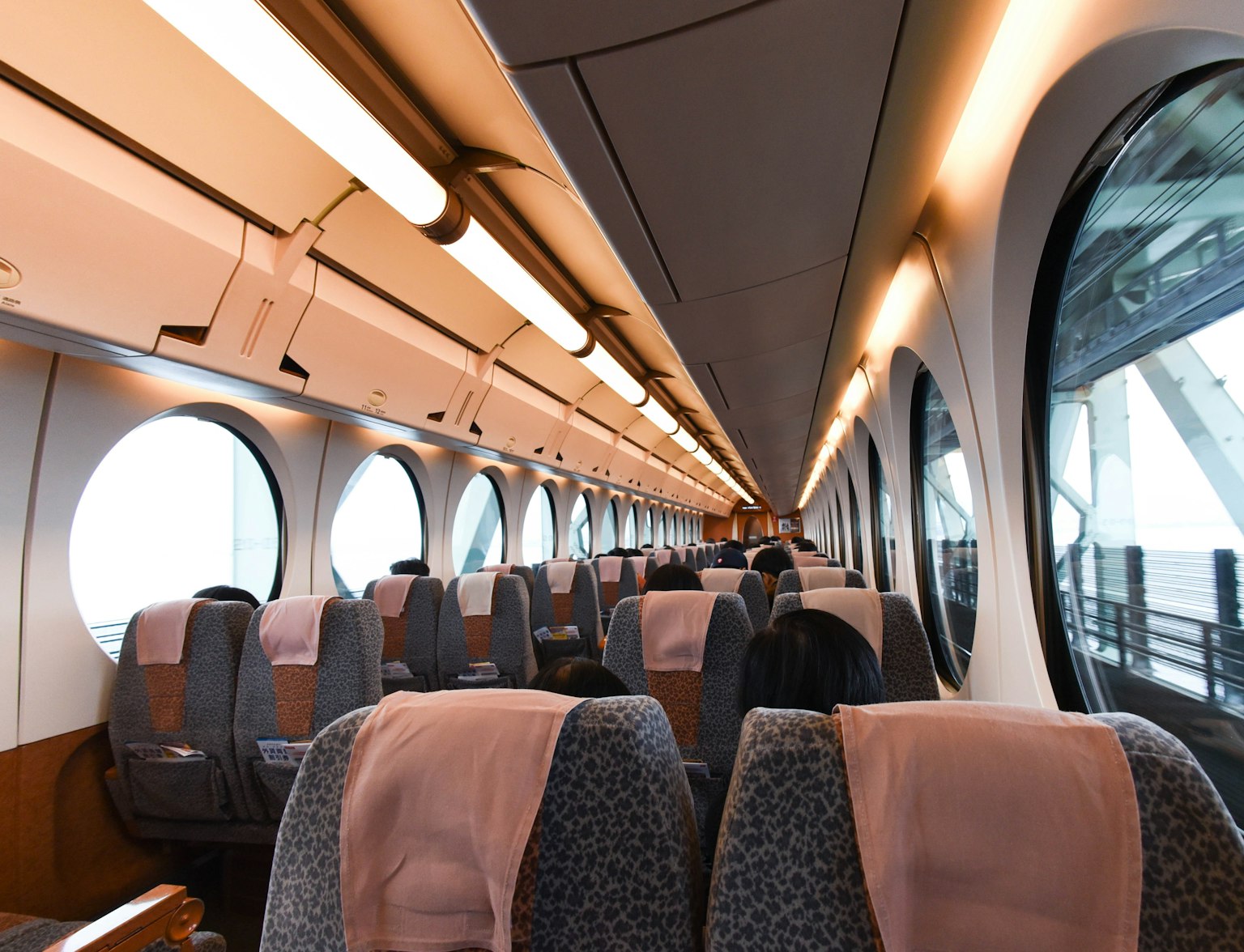
Eliminate the hassle of arriving in a new city.
Immersing yourself in Japan's rich customs and traditions will elevate your solo adventure and create lasting memories. In this section, we'll explore ways to dive into the heart of Japanese culture and highlight fun activities to try and discuss Japanese manners and etiquette.

Embrace the unique aspects of Japanese culture by engaging in authentic experiences. Participate in local festivals, known as "matsuri," which are renowned for their vibrant and diverse celebrations. Joining these festivities will give you the opportunity to witness traditional performances, savor local cuisine, and enjoy a lively atmosphere. You can also explore historic neighborhoods like Kyoto's Gion or Kanazawa's Higashi Chaya, where you'll find well-preserved districts featuring traditional architecture, teahouses, and artisan shops. To gain a deeper understanding of Japanese art, history, and craftsmanship, visit museums and galleries such as the Tokyo National Museum or the Kyoto International Manga Museum.
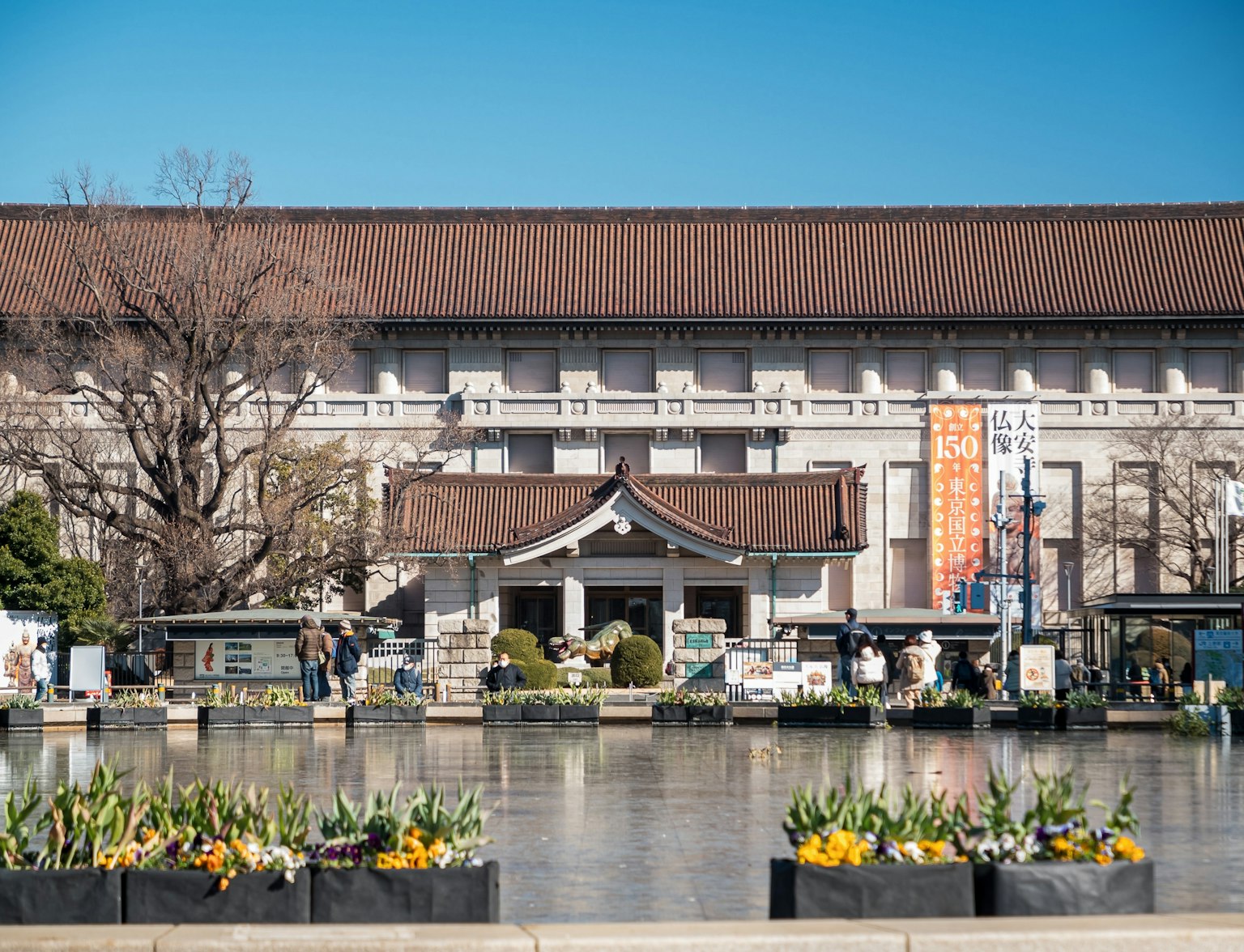
Head to Ueno Park for a brief tour of the Tokyo National Museum.
Indulge in unique and memorable cultural activities during your solo journey in Japan:

Temples: Visit ancient temples like Kiyomizu-dera in Kyoto or Senso-ji in Tokyo to appreciate Japanese spiritual traditions, architecture, and serene atmospheres.
Tea ceremonies: Experience a traditional Japanese tea ceremony (chado) at a local teahouse, where you can learn about the art of tea preparation and enjoy matcha in a tranquil setting.
Hot springs: Soak in Japan's famous natural hot springs (onsen) for relaxation and rejuvenation. Discover public baths, ryokans with on-site onsen, or scenic outdoor hot springs like those in Hakone or Kinosaki.
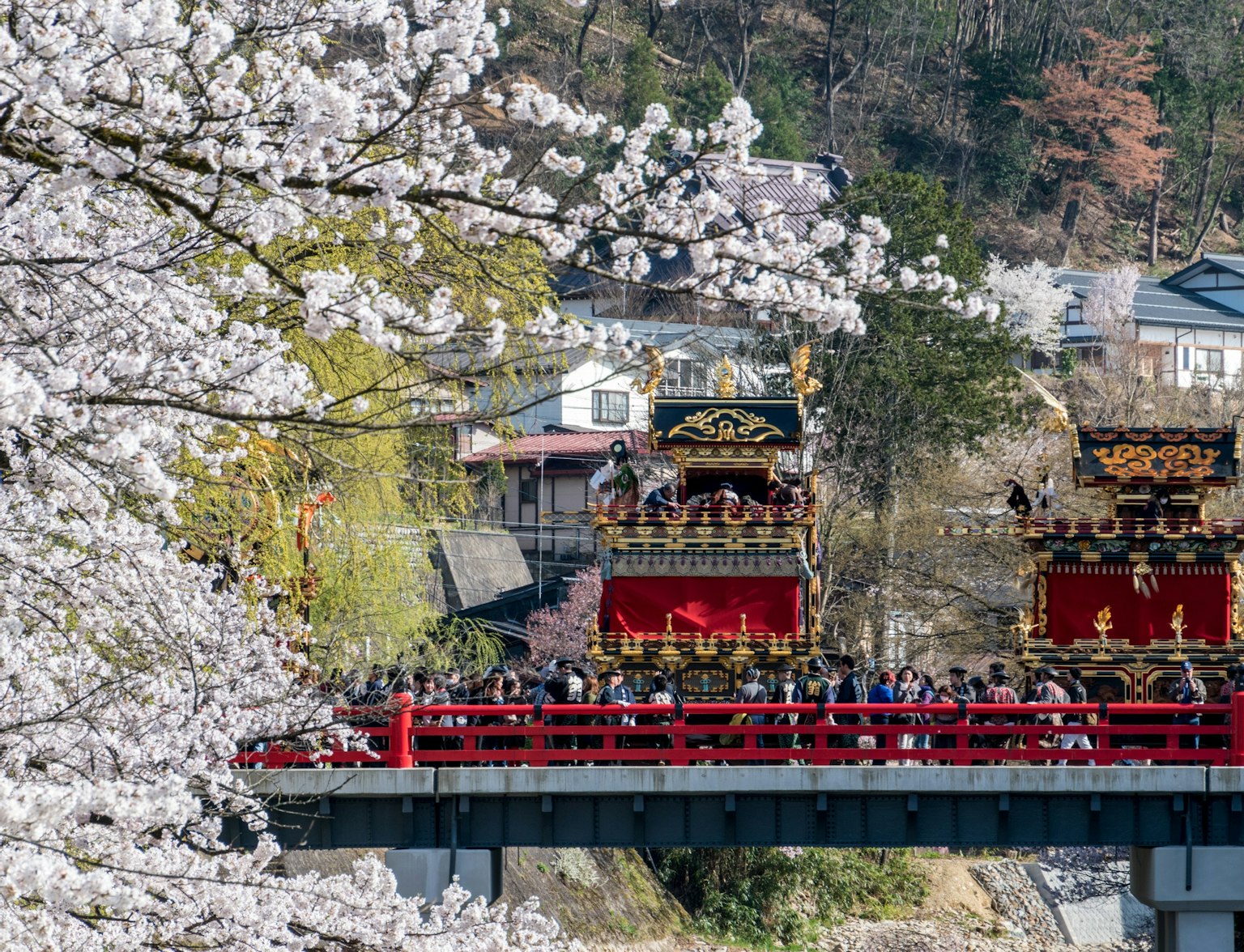
Enjoy the beautiful nature views in an outdoor public onsen.
Adopting Japanese manners and etiquette during your solo adventure will show respect and appreciation for the local culture. Bow slightly when greeting or thanking someone as a sign of respect; the deeper the bow, the more respect you show.
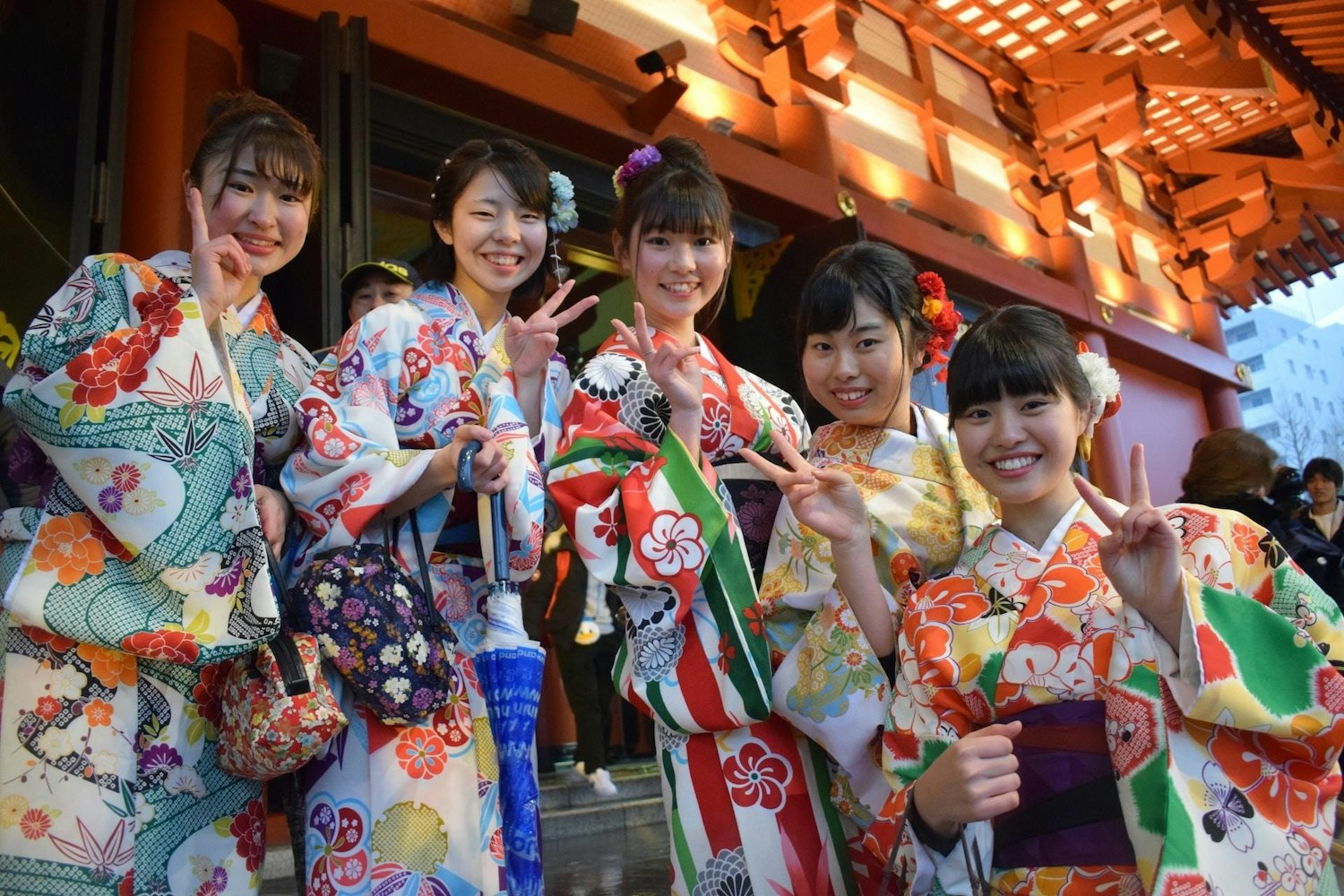
Remember to take off your shoes before entering a Japanese home, ryokan, or certain traditional establishments. When using chopsticks, never point with them, stick them vertically in rice, or pass food from chopstick to chopstick, as these actions are considered disrespectful. Also, be mindful to speak quietly in public spaces, such as trains or restaurants, to avoid disturbing others.
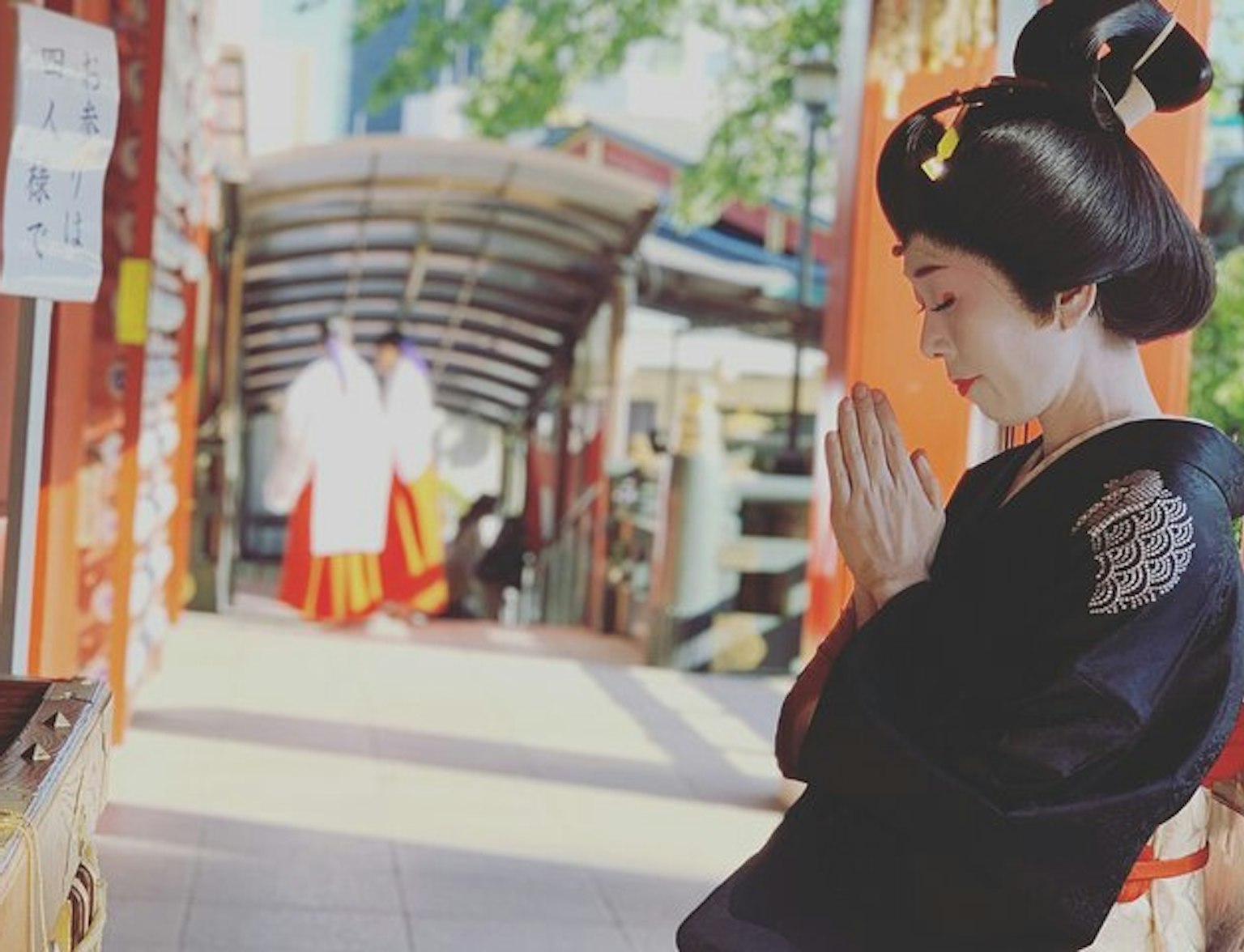
Delve into Shinto rituals and witness a traditional dance.
One of the key elements of a successful solo travel experience in Japan is the ability to navigate the country's public transportation system with ease. In this section, we will provide an overview of Japan's reliable public transportation, discuss money-saving tips like the Japan Rail Pass, and share advice on mastering local buses and subways.
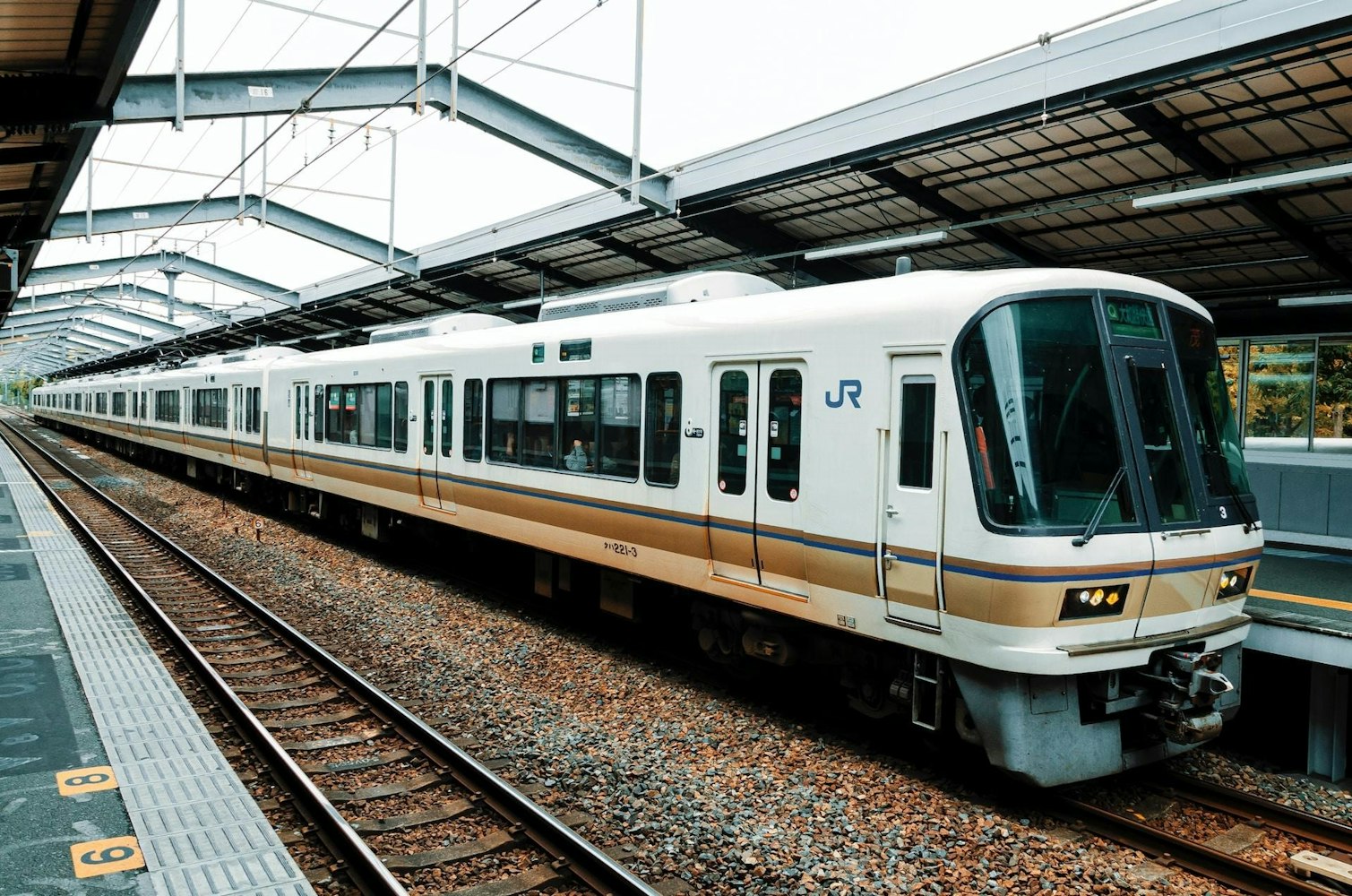
The Japan Rail Pass is a cost-effective solution for travelers planning to use trains extensively during their trip:
Unlimited rides: The pass allows for unlimited travel on most Japan Railways (JR) trains, including shinkansen, for a specified period (7, 14, or 21 days).
Easy to use: Show your pass at the ticket gates to gain access to trains. Some trains may require seat reservations, which can be made at JR ticket offices for no additional cost.
Purchase before arrival: The Japan Rail Pass must be purchased outside of Japan. Order an Exchange Order from an authorized dealer, and exchange it for the pass at a JR ticket office upon arrival.
While navigating local buses and subways may seem daunting at first, with a little practice, you'll be able to travel like a pro:

Route Planning: Use apps like Google Maps or Hyperdia to plan your route and find accurate timetables, fares, and transfer information.
Fare Payment: Purchase tickets from ticket machines or use prepaid IC cards like Suica or Pasmo, which can be used on most public transportation networks throughout Japan.
Mind the Etiquette: Follow local customs, such as waiting in line for boarding, giving priority to the elderly and disabled, and avoiding loud conversations or phone calls on board.
Japan is a safe country with a low crime rate and a culture that values politeness and respect. As a solo traveler, you can enjoy exploring the country's cities, towns, and rural areas without feeling threatened or intimidated. However, it's still important to exercise caution and be aware of your surroundings.
Here are some safety tips to keep in mind while traveling solo in Japan:
Be aware of your surroundings and stay alert, especially in crowded areas and at night.
Keep important documents, such as your passport and visa, in a secure place, like a hotel safe or a money belt worn close to your body.
Carry only the cash and credit cards you need for the day and keep the rest locked up in your hotel room or other secure location.
Avoid walking alone in unlit or deserted areas, especially at night.
Always let someone know where you are going and when you expect to return.
Keep your bags and valuables in sight and within reach at all times
Be wary of pickpockets and keep your wallet or purse close to your body.
Japan is a fascinating destination for those who wish to travel alone. By following the tips and tricks outlined in this guide, you can craft the perfect itinerary, experience local customs and traditions, taste delicious Japanese cuisine, and navigate the country's public transportation system with ease.
Japan's welcoming environment and unique culture make it an ideal destination for solo travelers. From bustling cities to tranquil countryside, there is a range of destinations to explore in Japan. By embracing the local customs and immersing yourself in the culture, you can create a trip that is fulfilling, rewarding, and unforgettable. So why not embark on a solo adventure to Japan and discover all that this incredible country has to offer?

Explore one of Japan's major cities.



